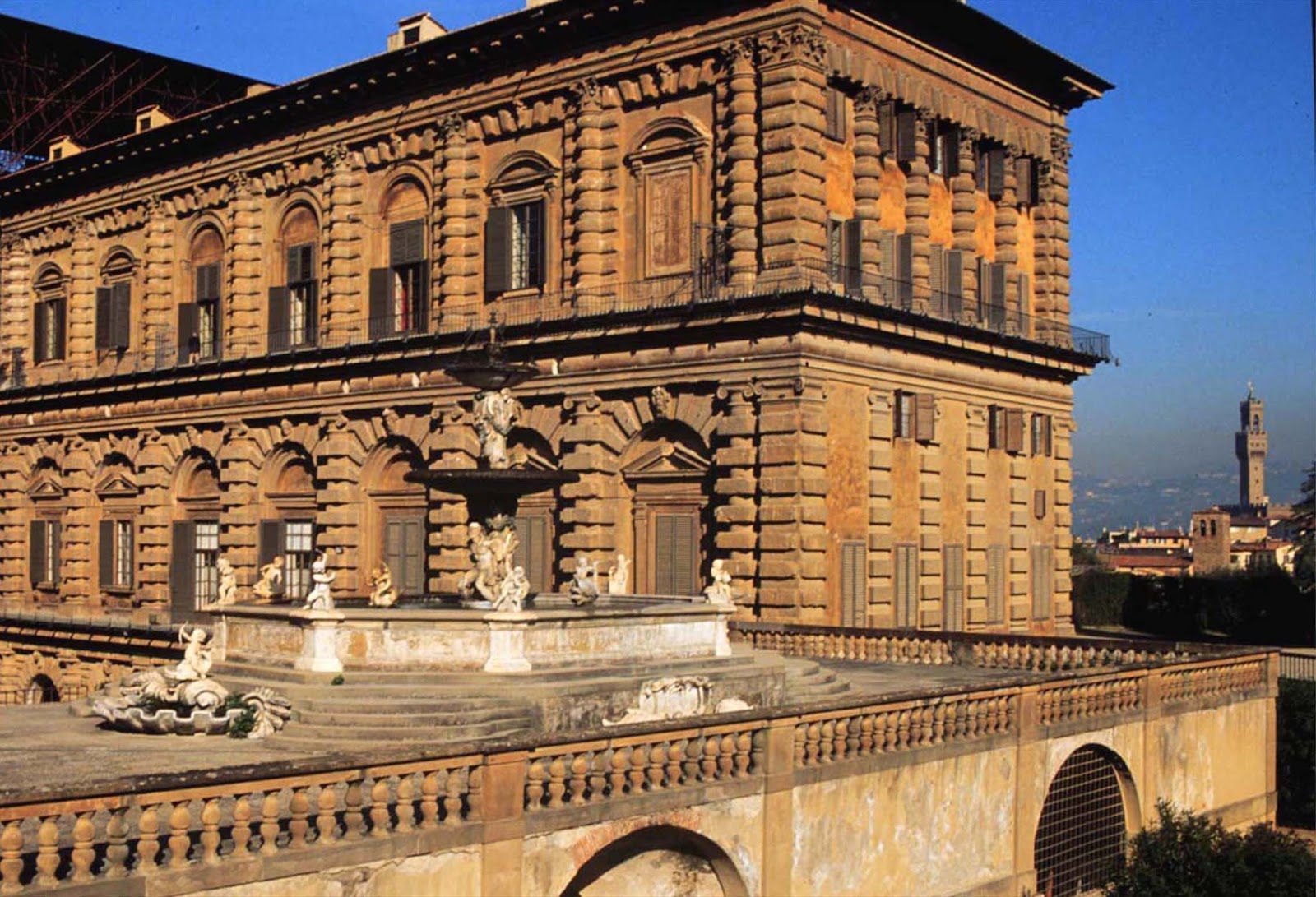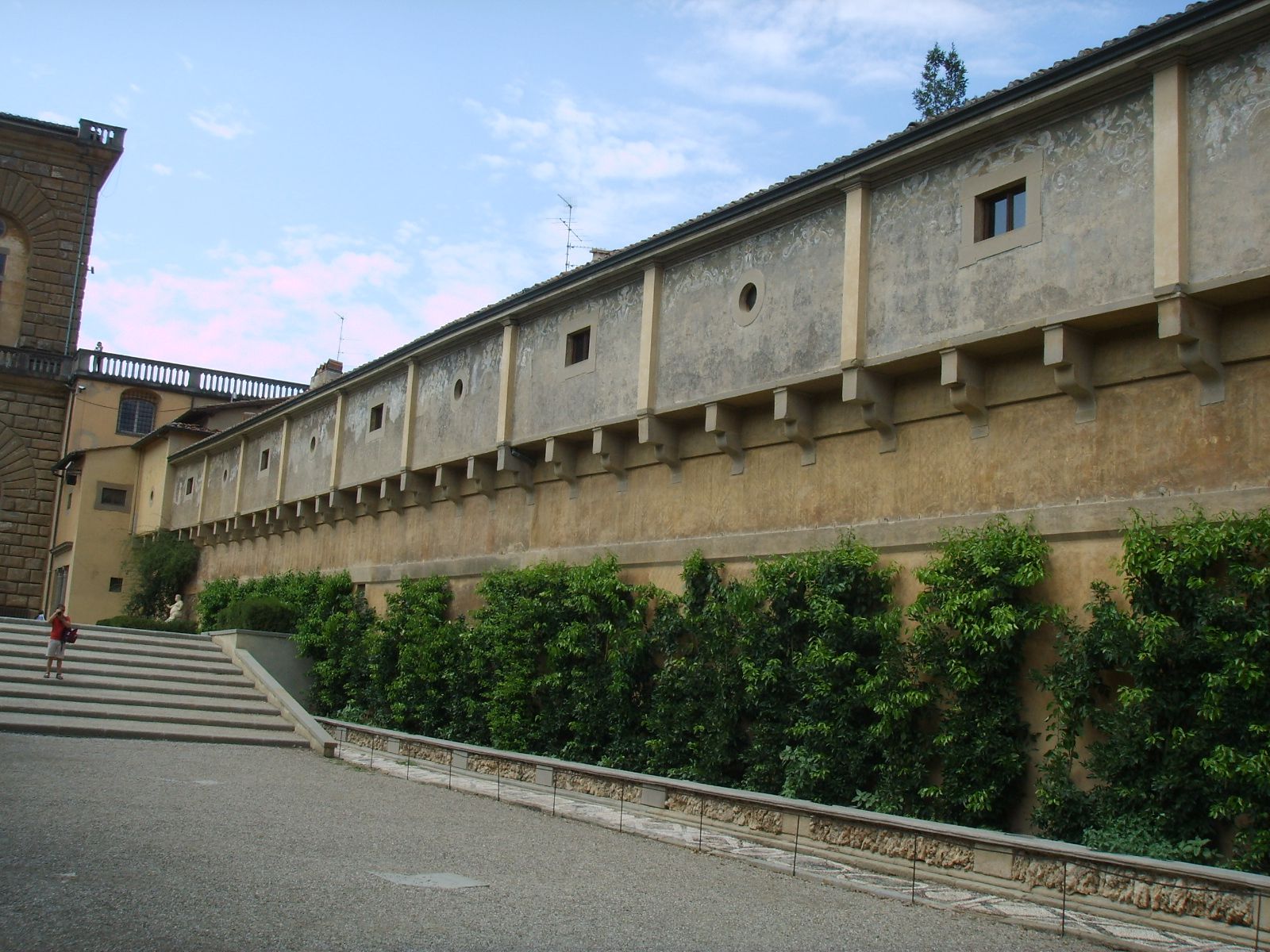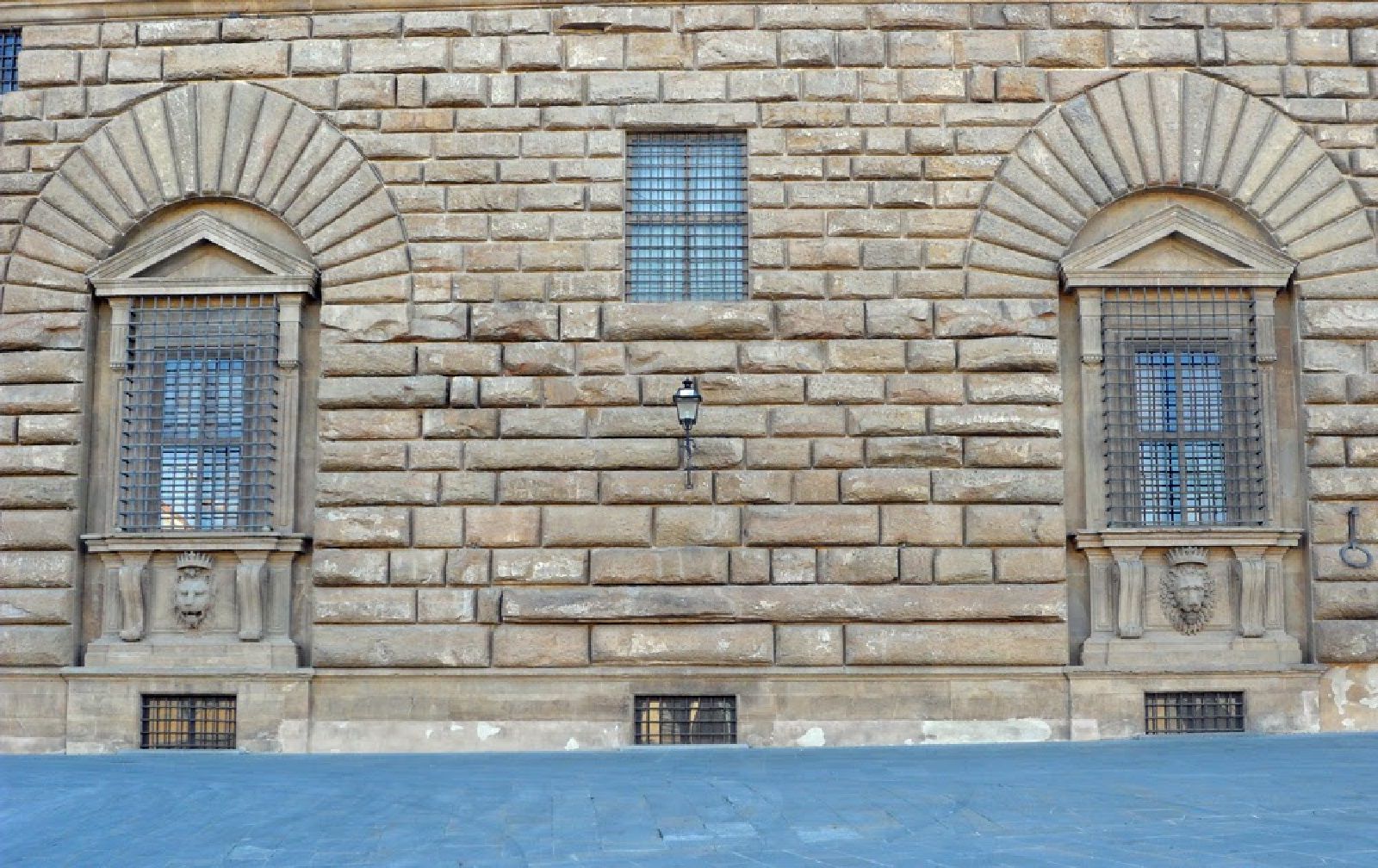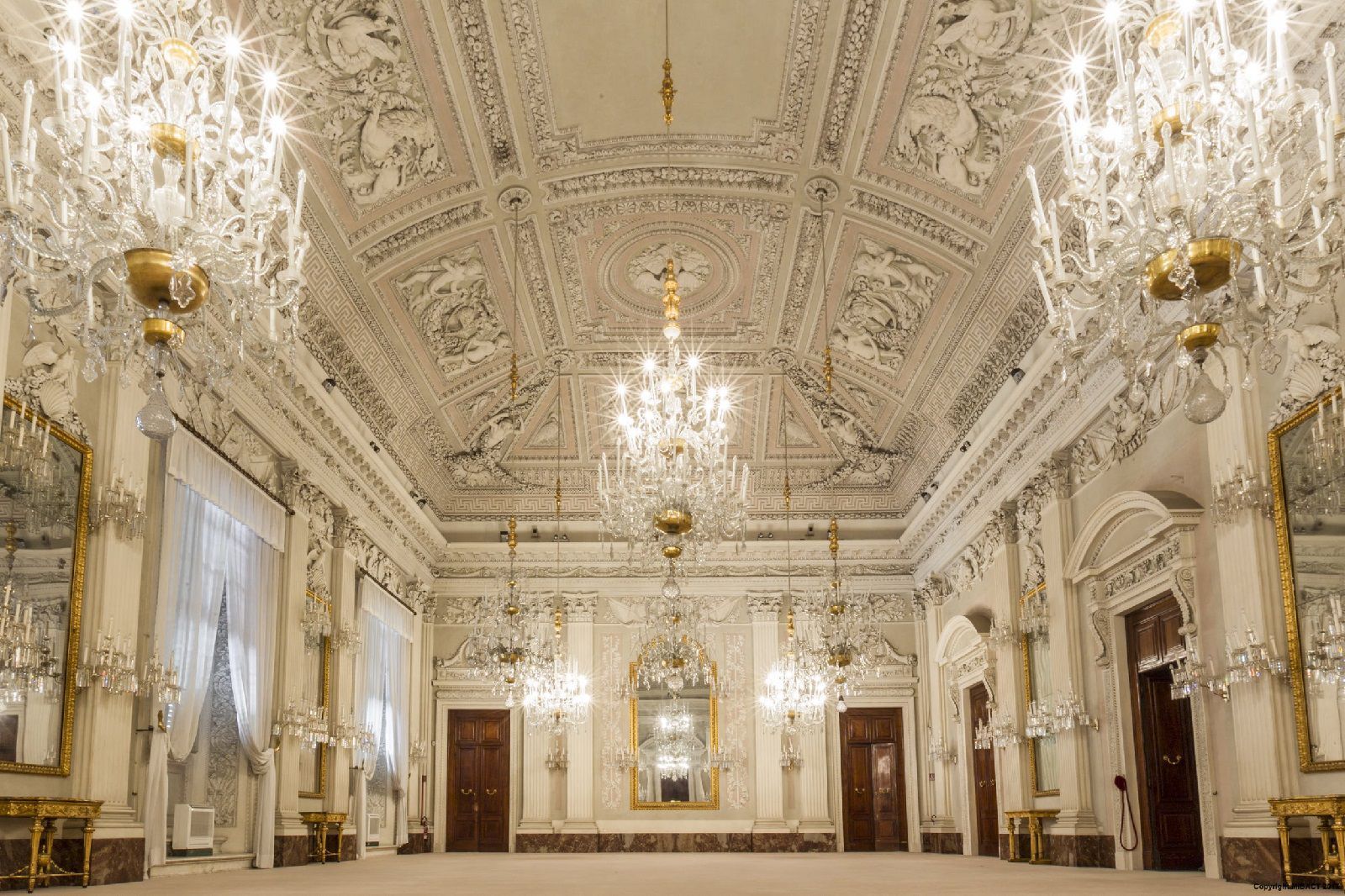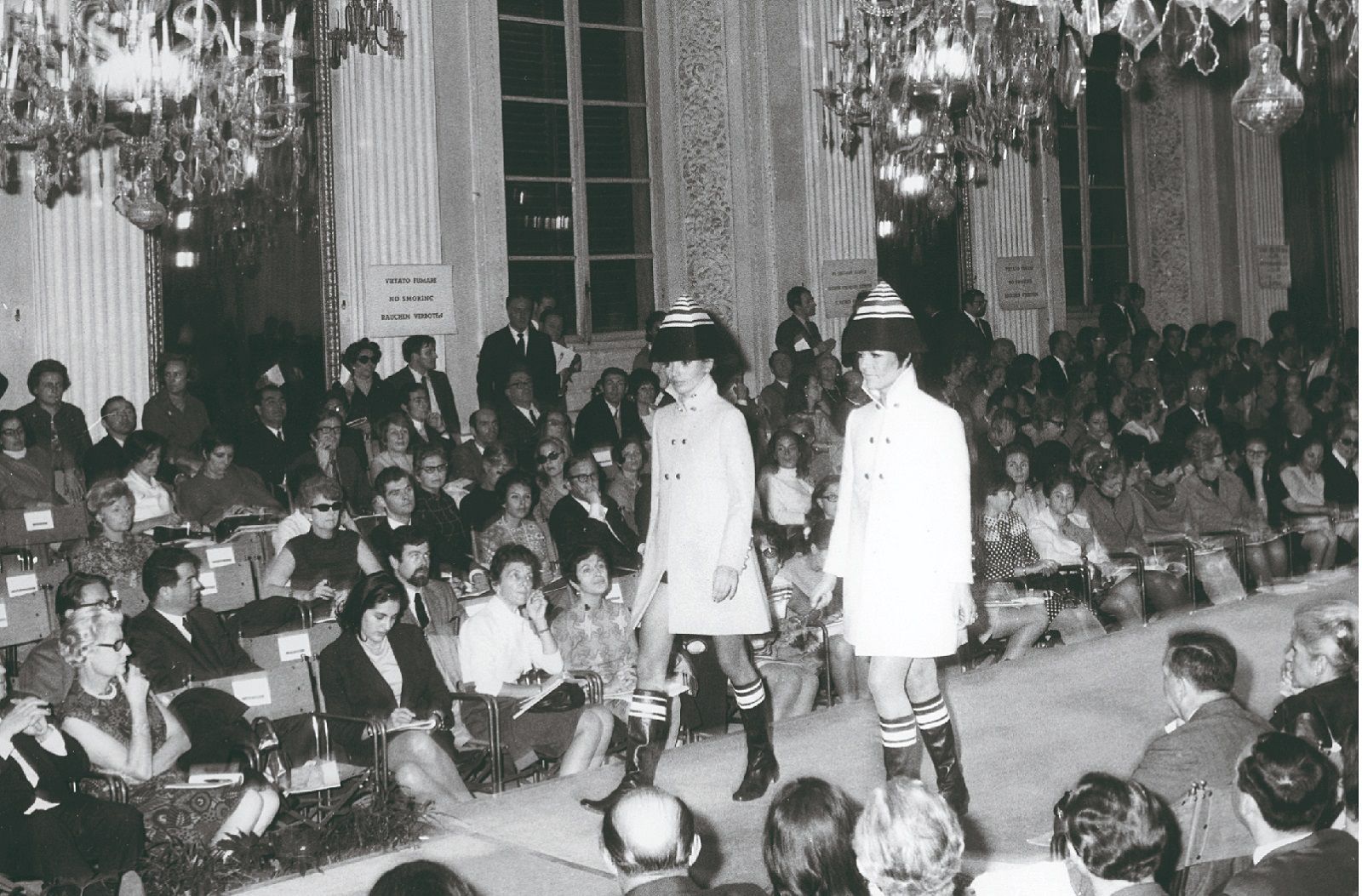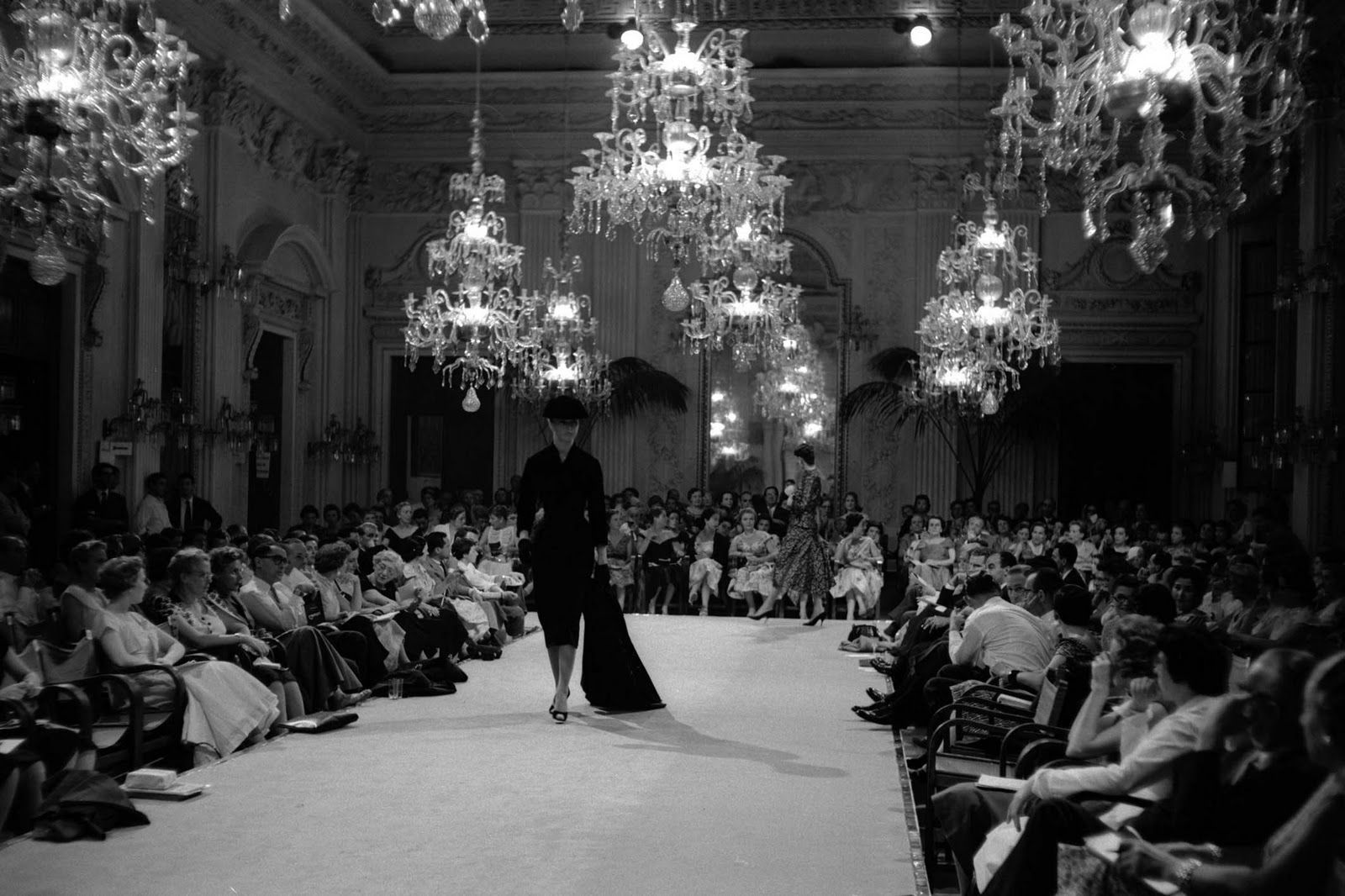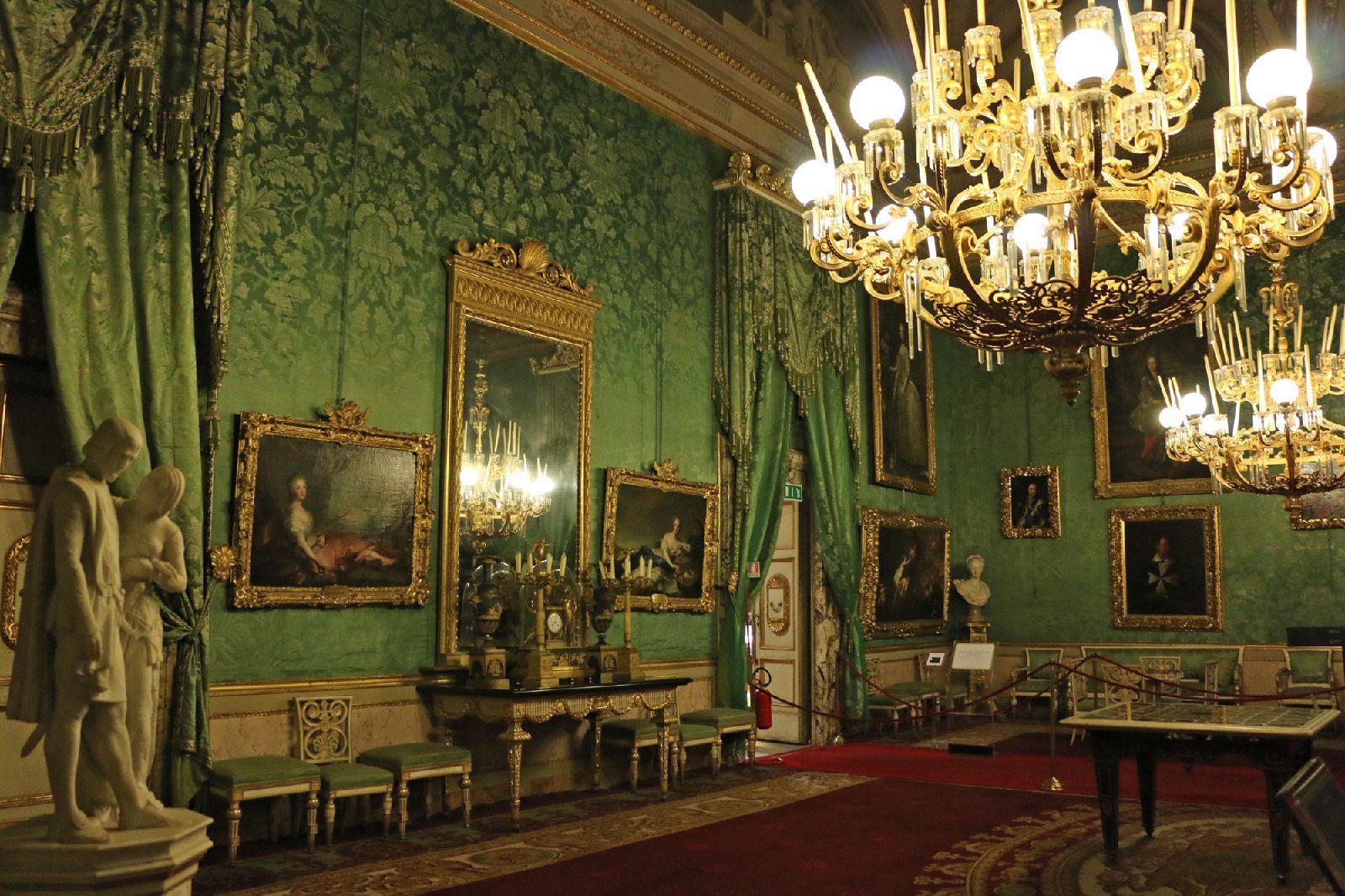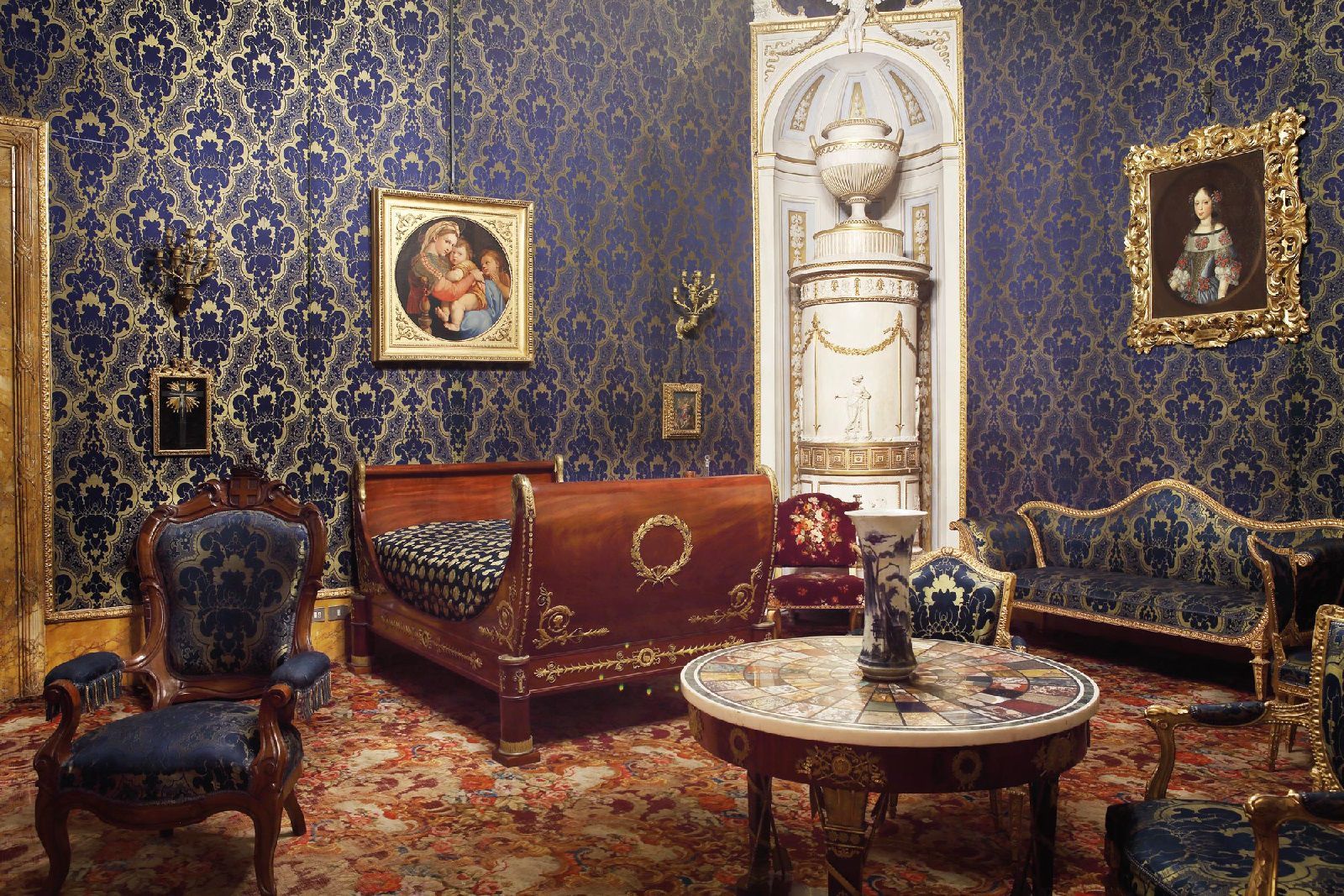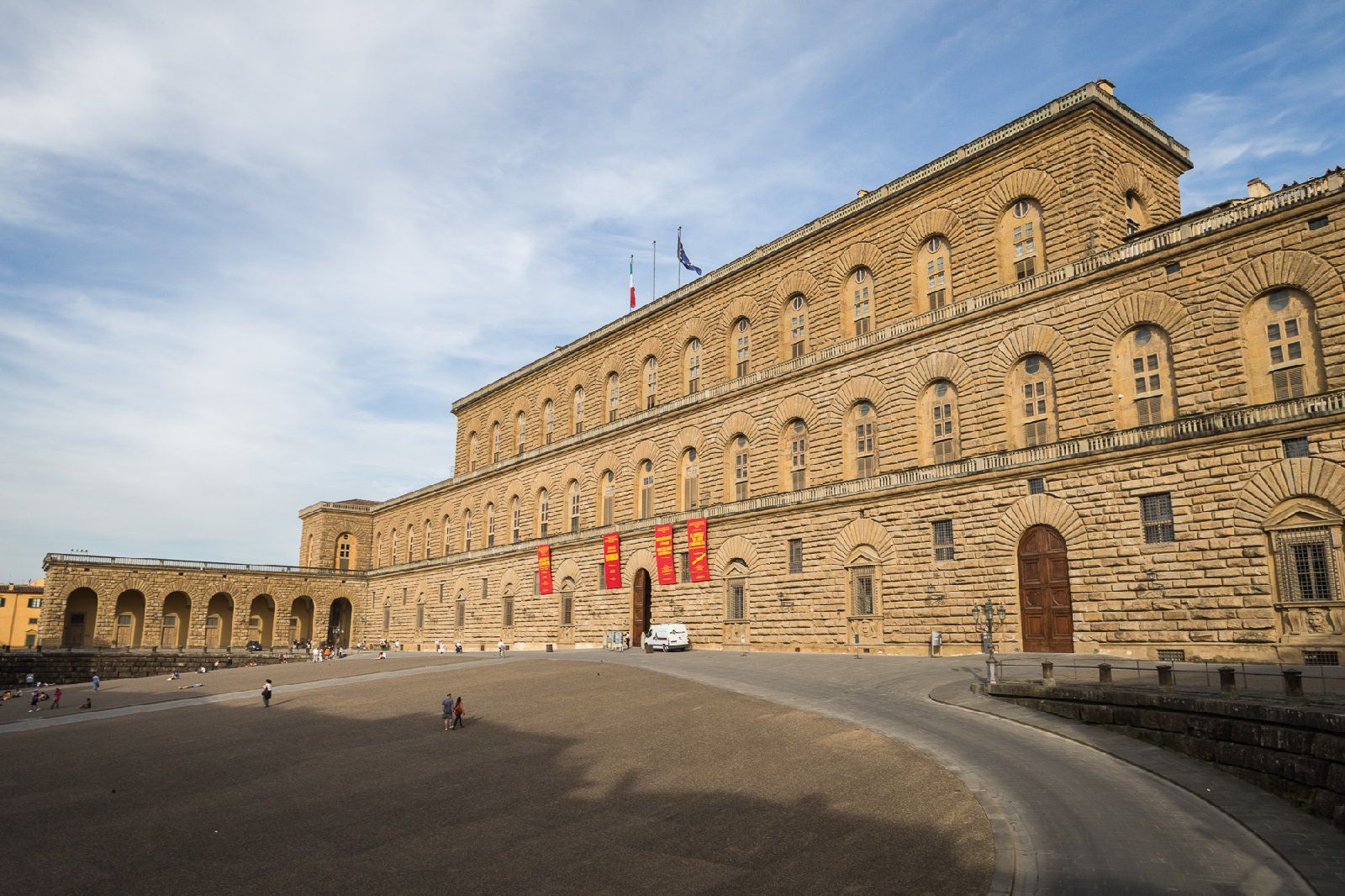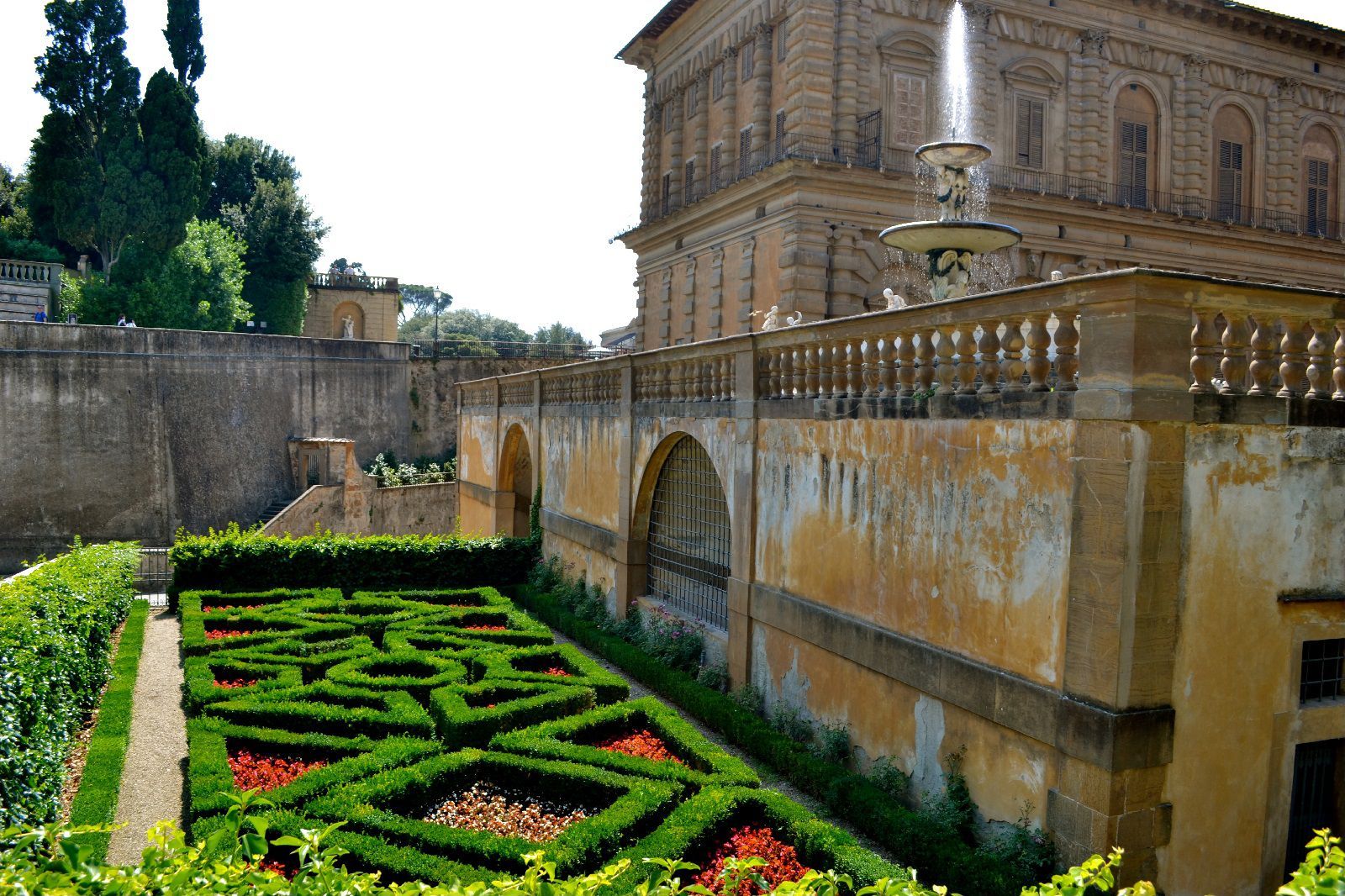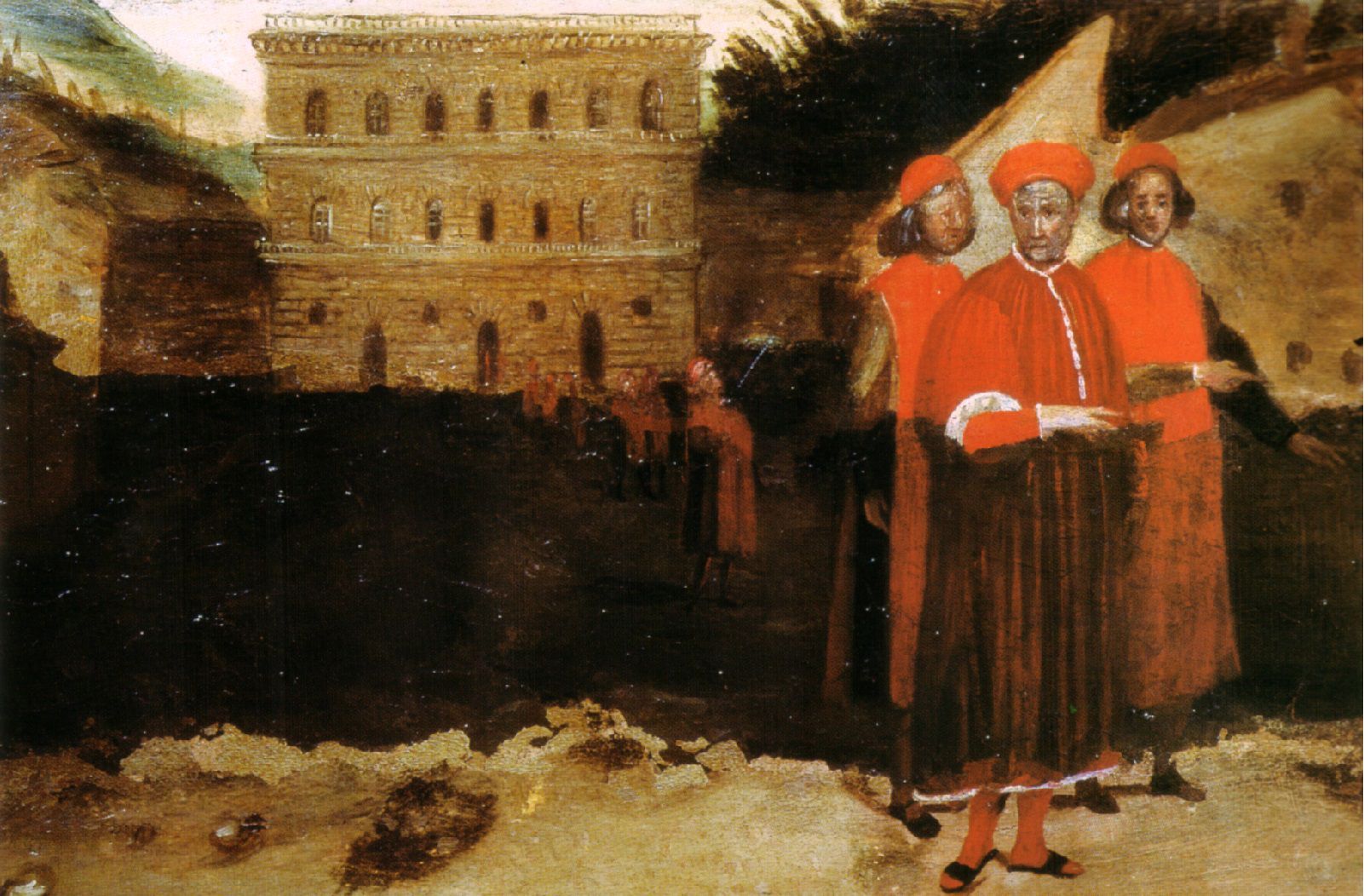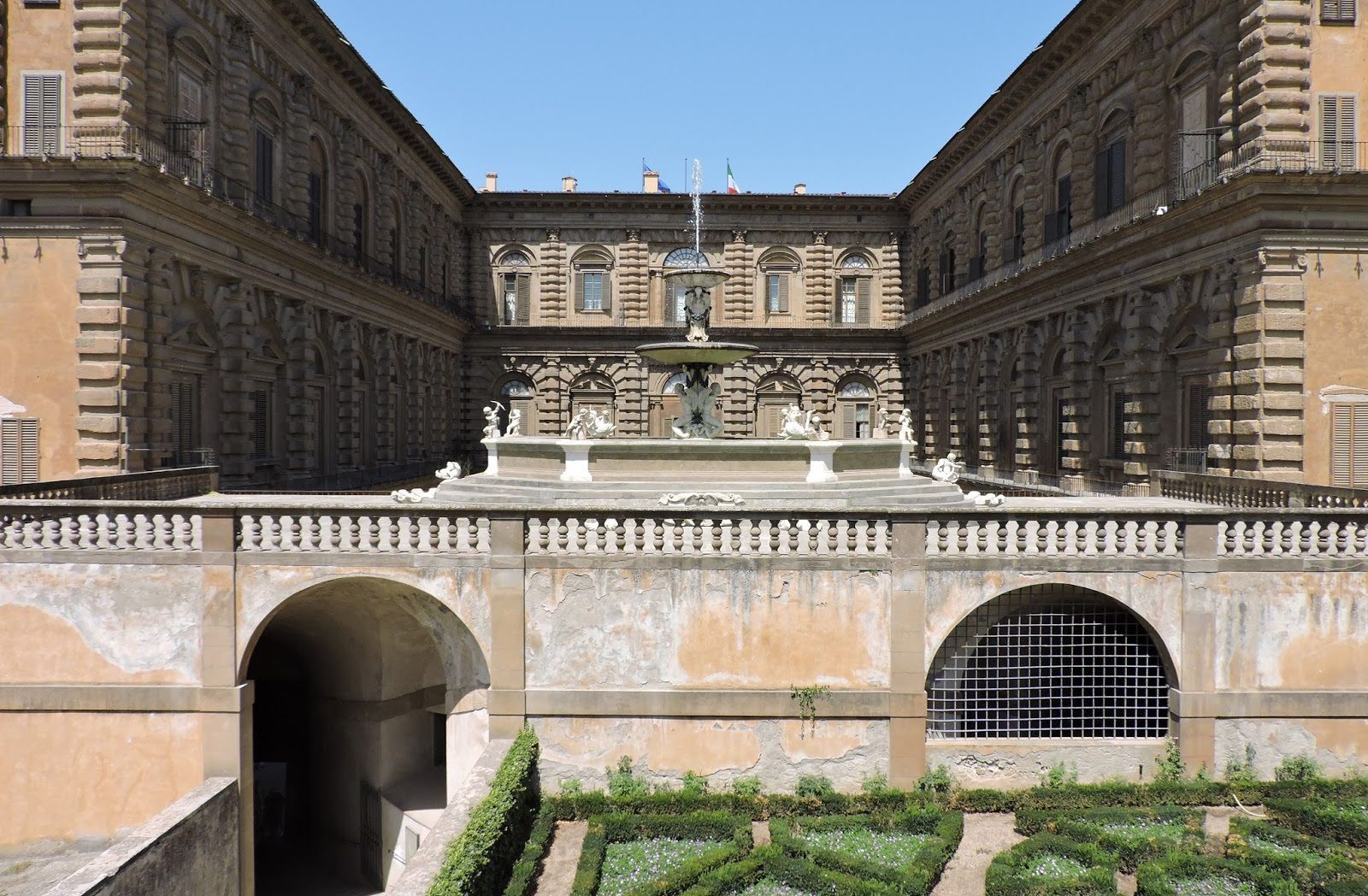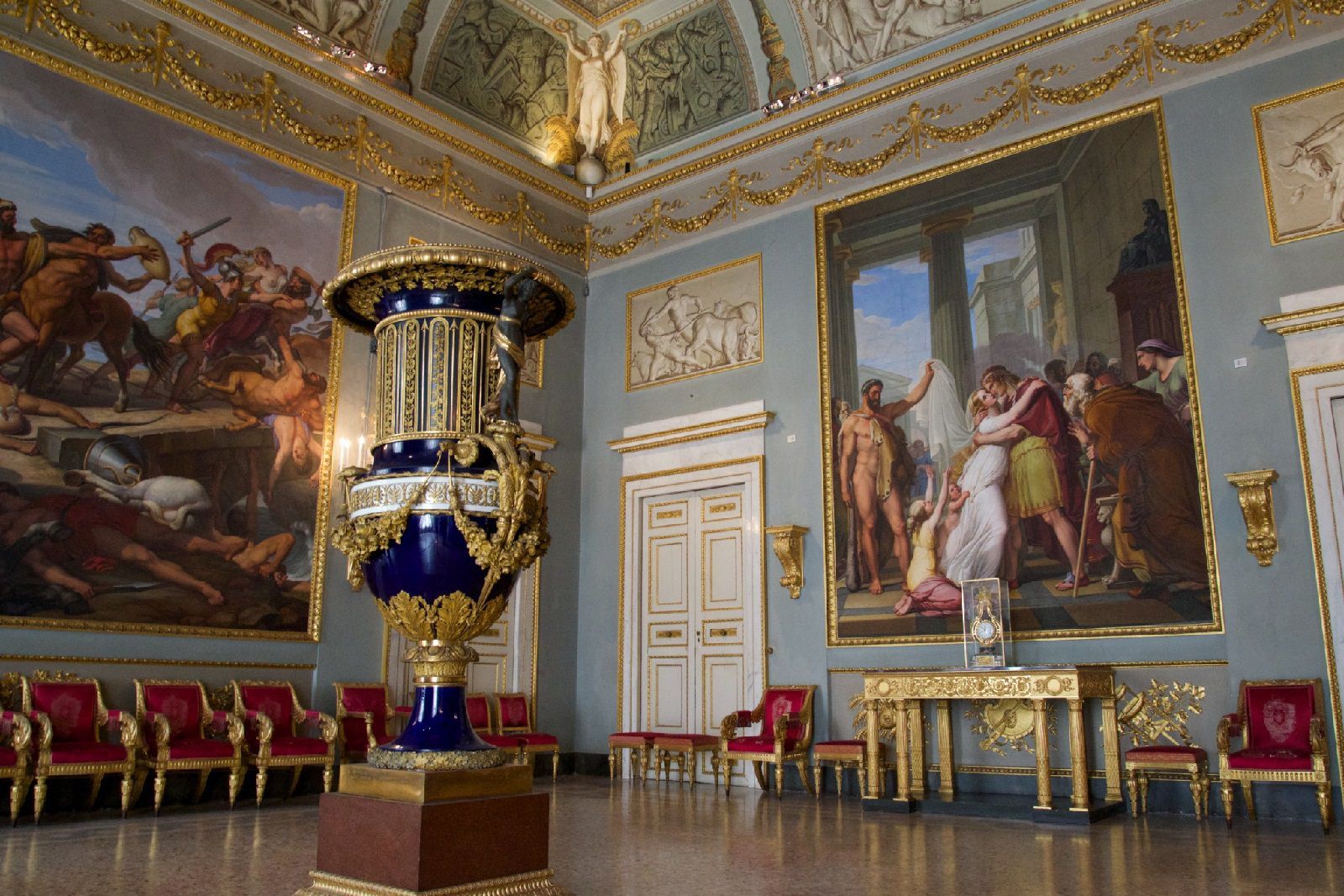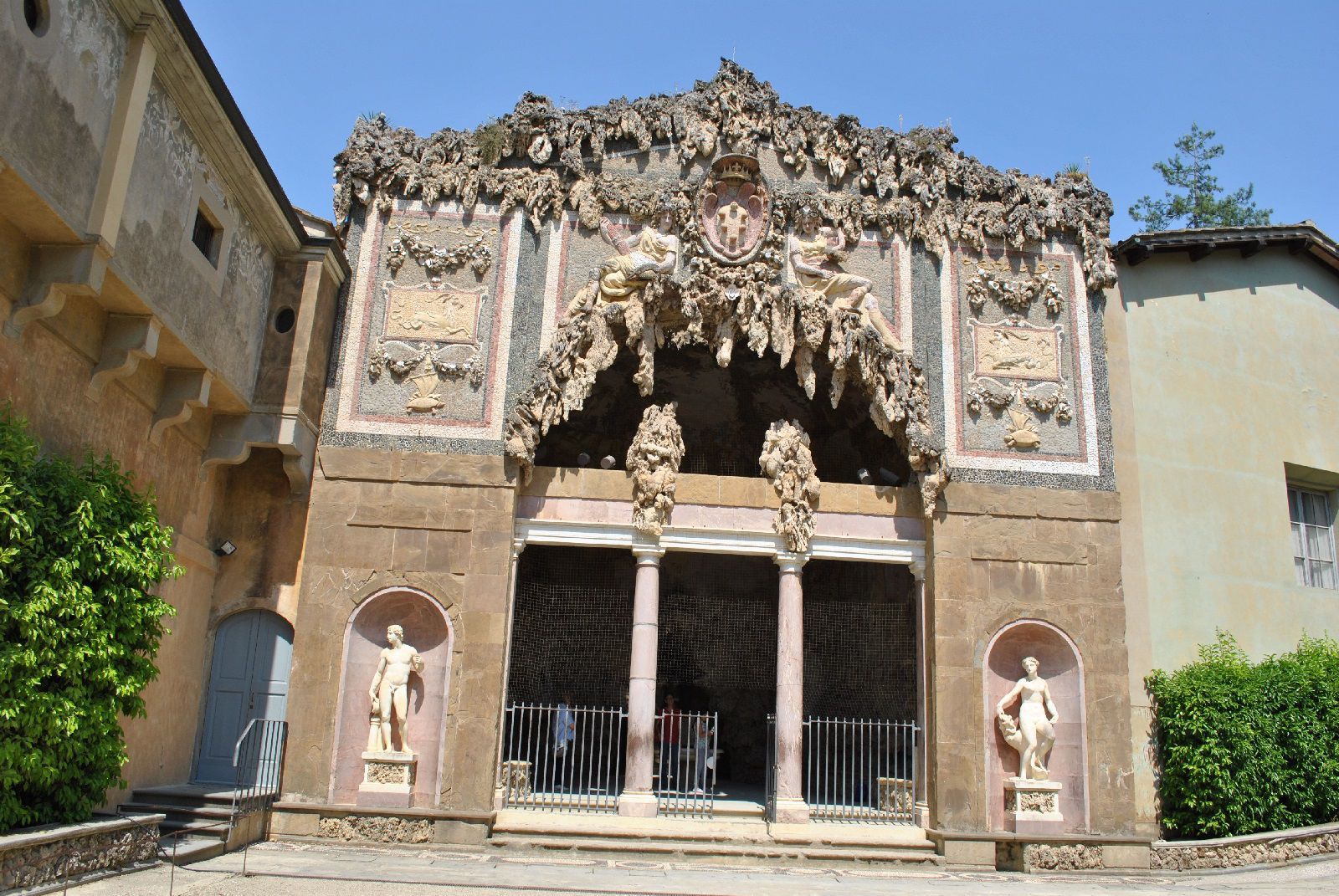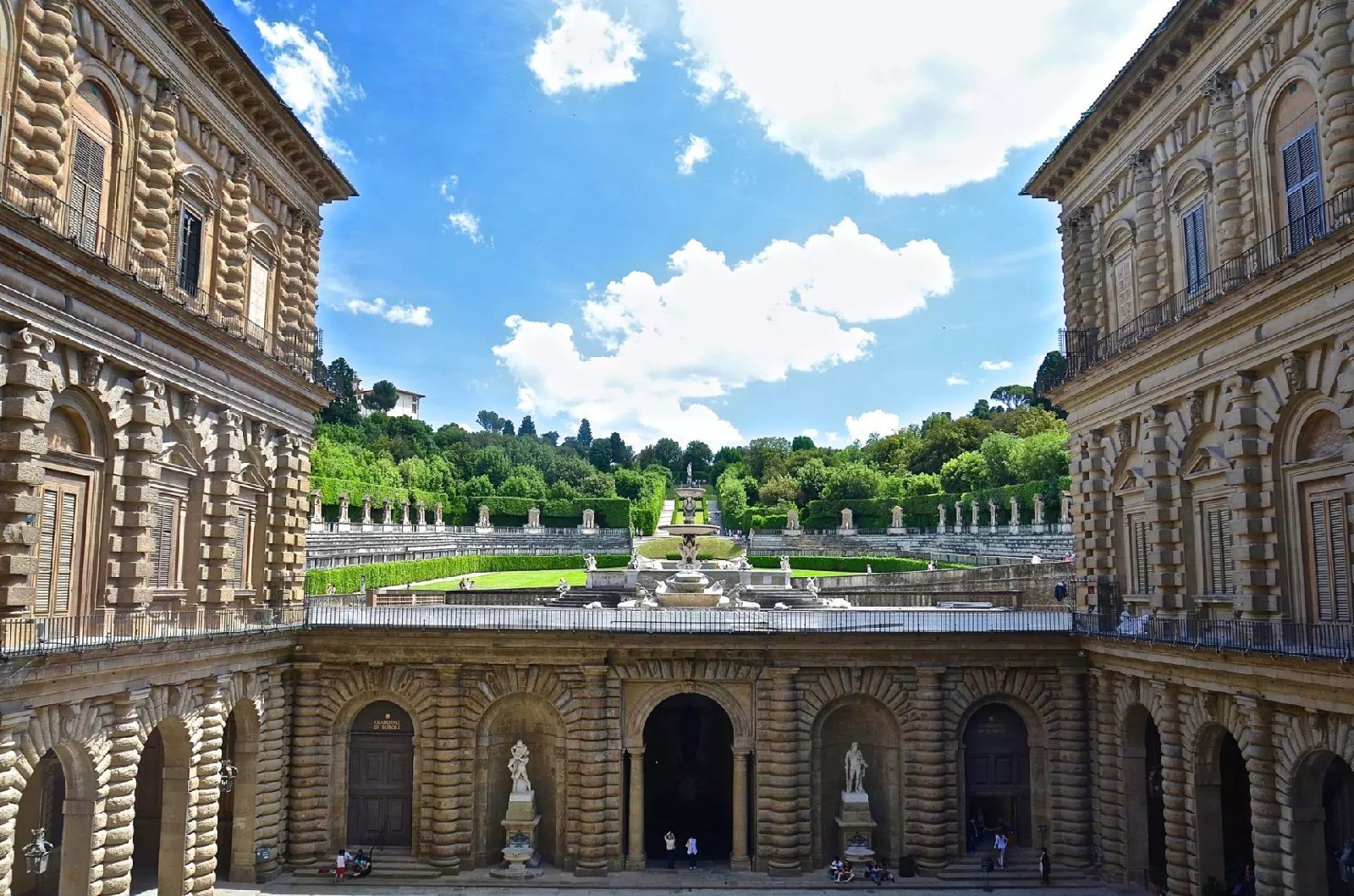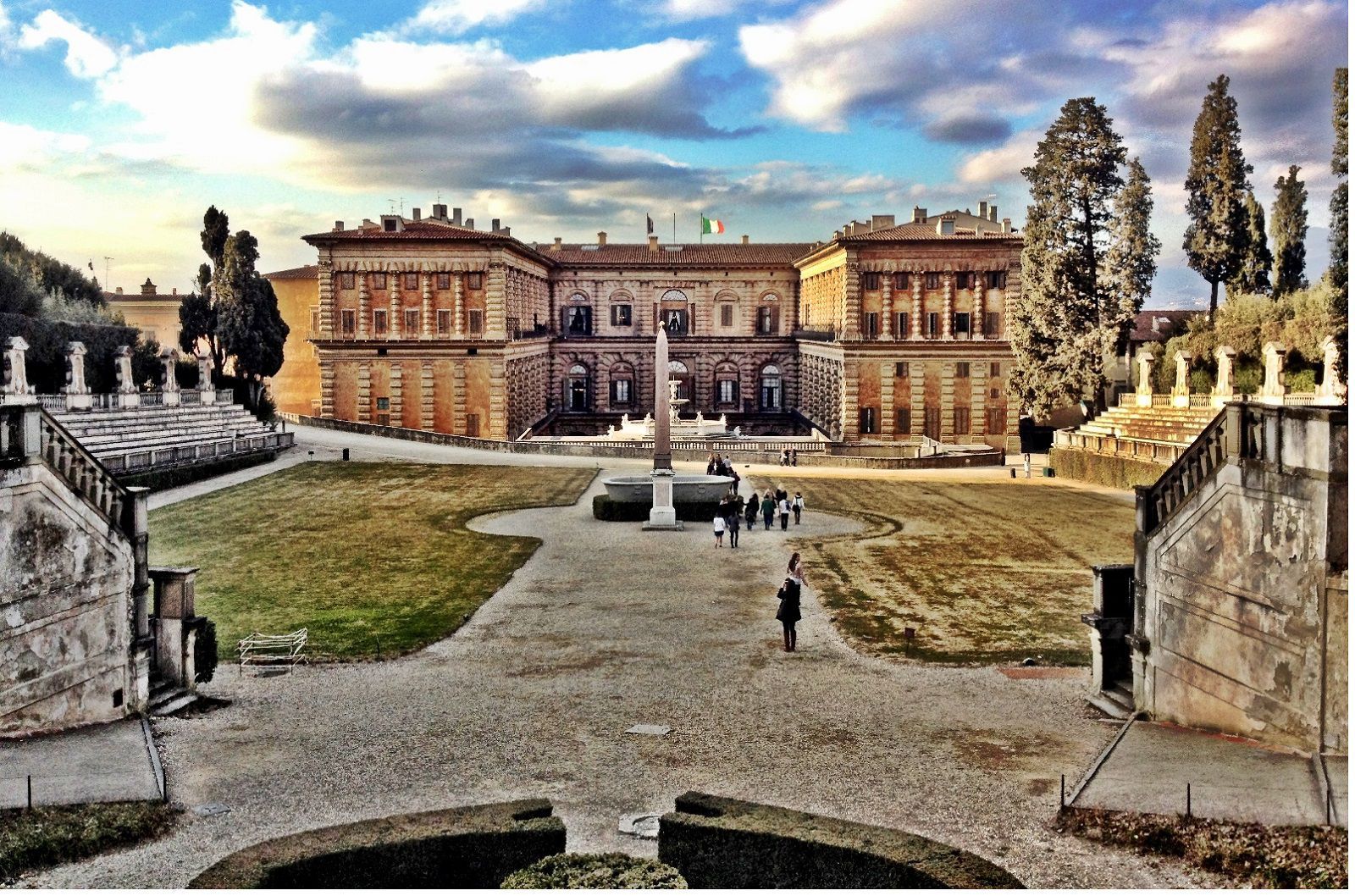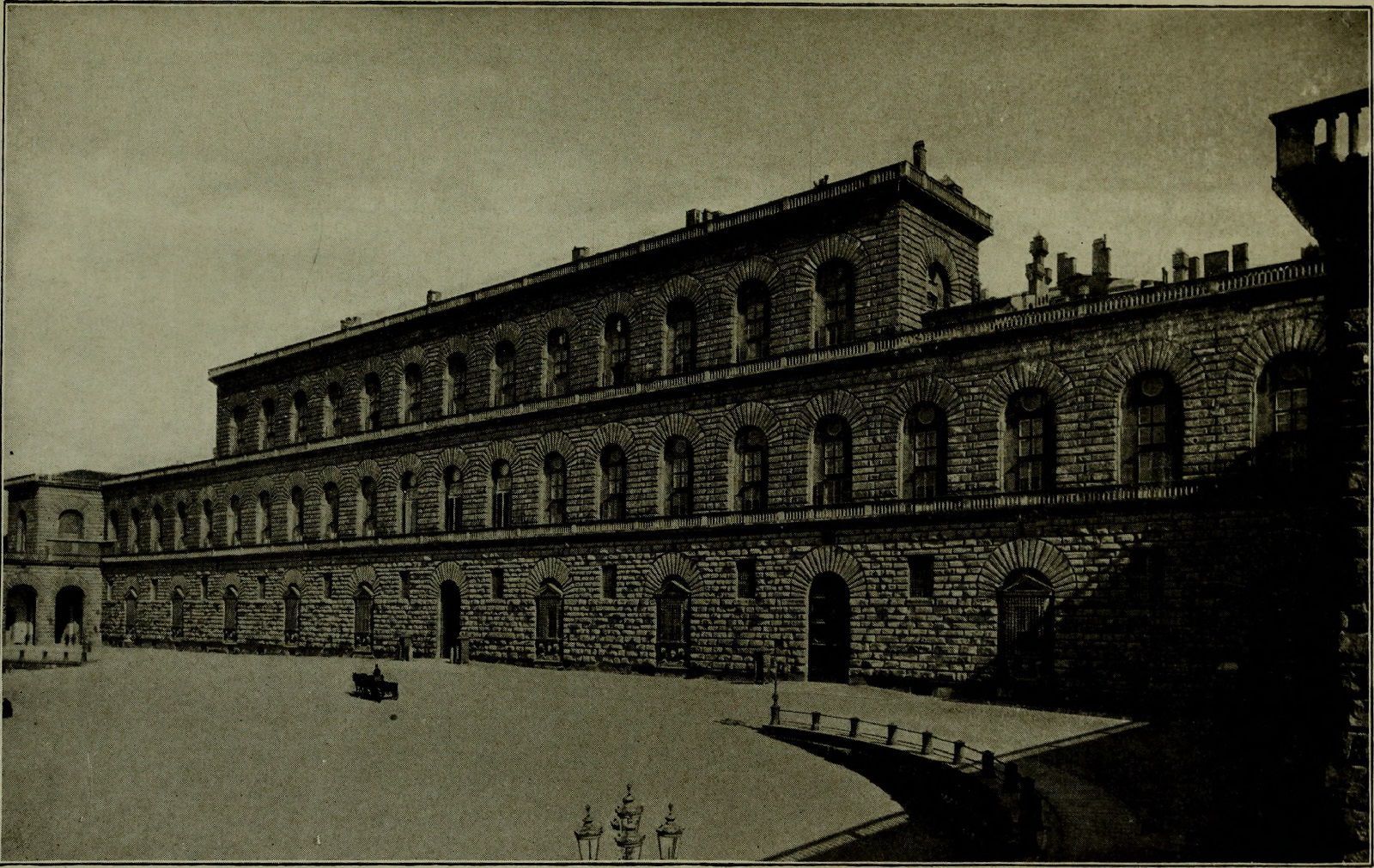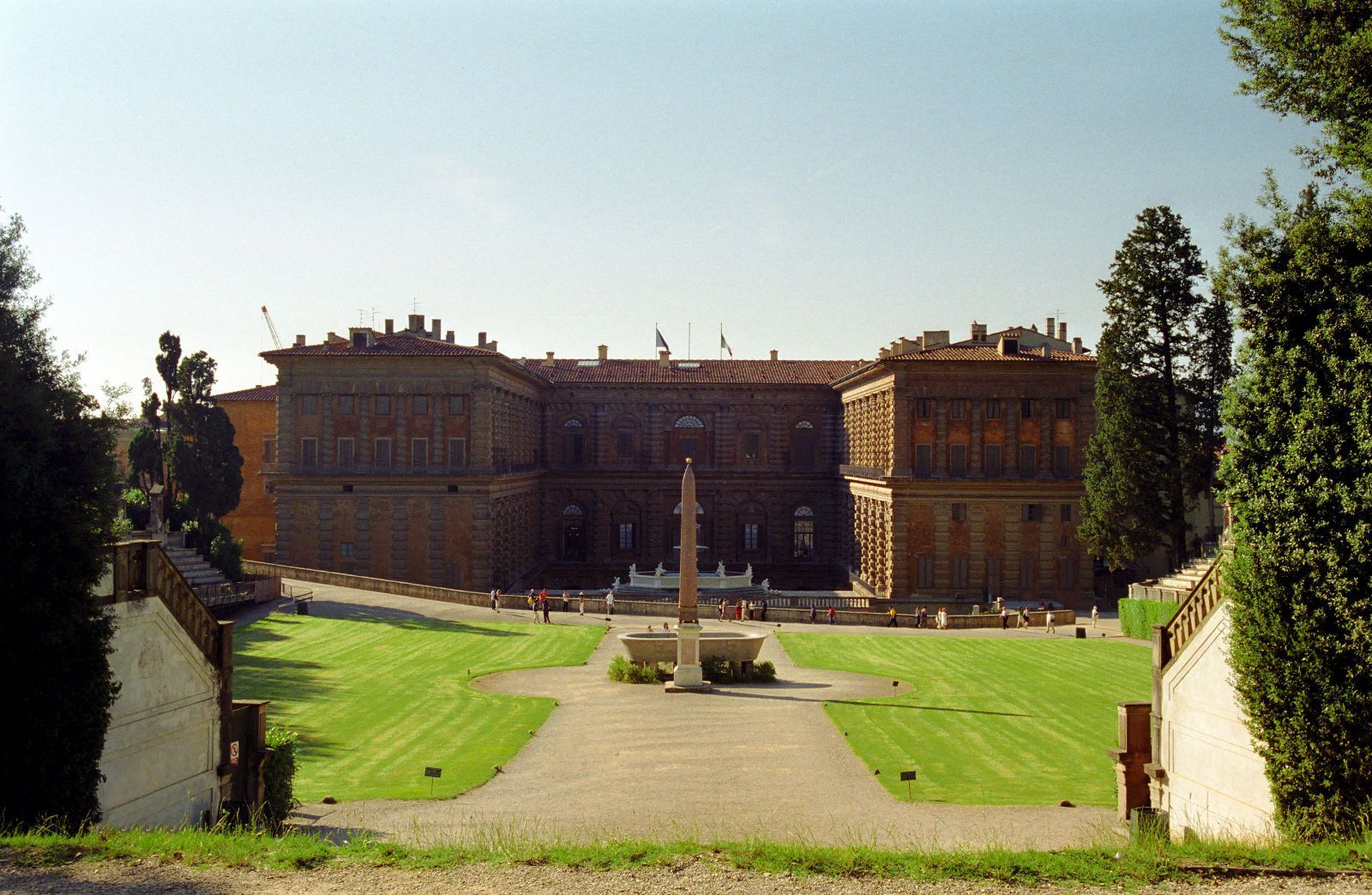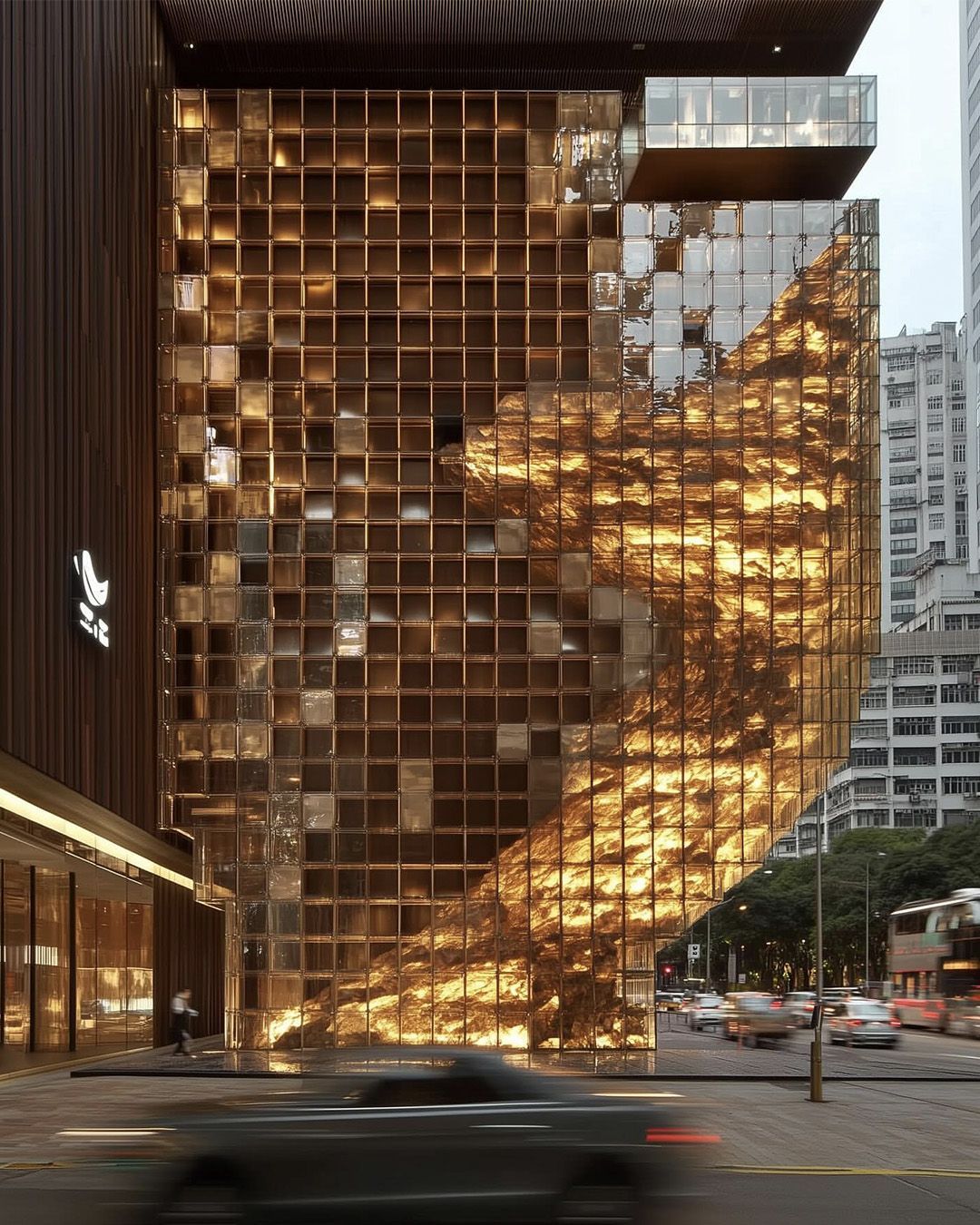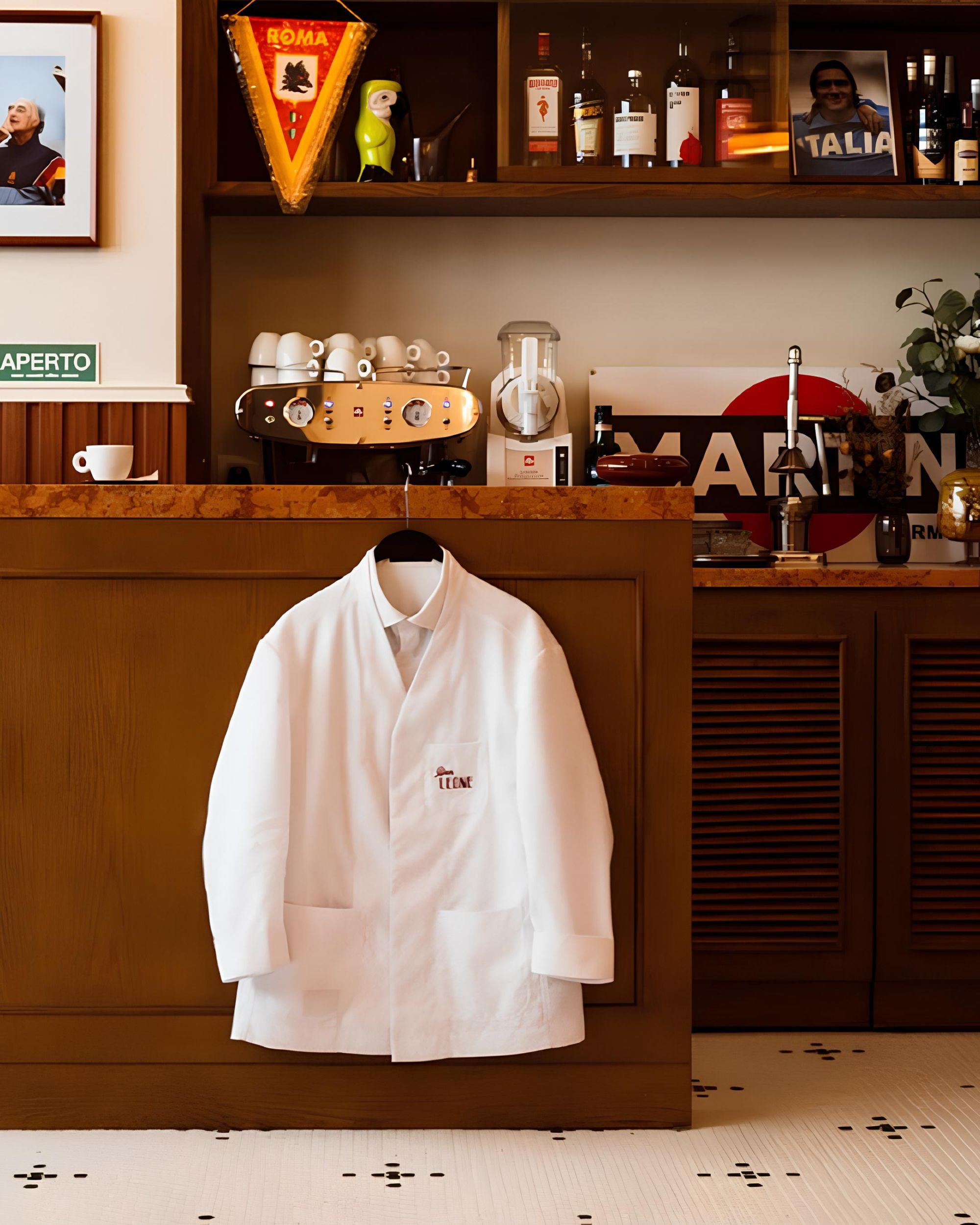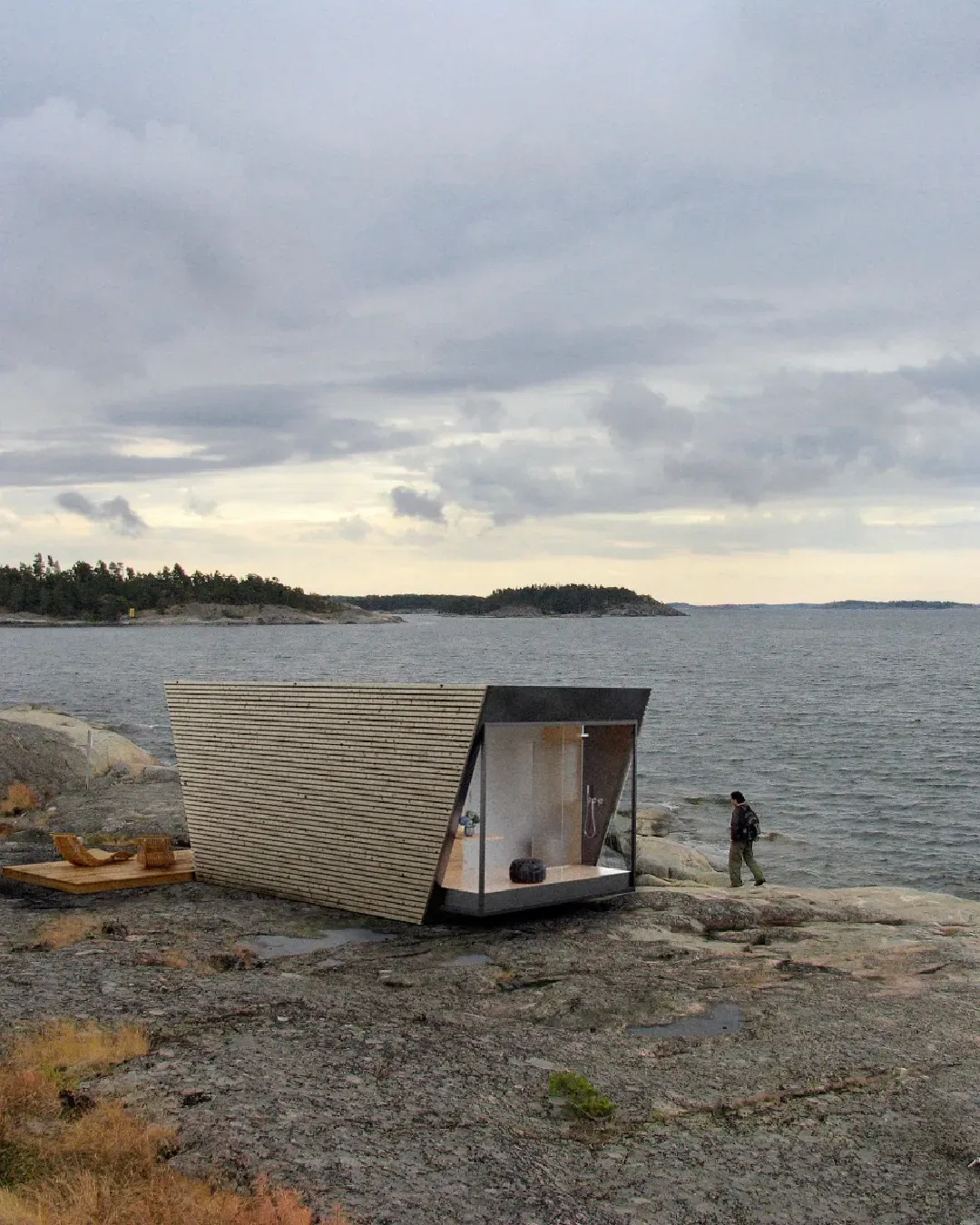
5 facts to know about Palazzo Pitti On the occasion of Pitti Uomo we reveal the secrets of the magical Florentine location
From 8th to 11th January, international fashion invades Florence for Pitti Uomo 2019. In these four days, the style's got-up compares on new trends, enlivening with its refined outfits the rooms of one of the city's most evocative locations: Palazzo Pitti. If rivers of words have already been spent on the event, what do we actually know about the magnificent building that houses it? Located on the hill of Boboli, this palace that hugs with its huge facades the homonymous square of the historic center in the Oltrarno district was wanted in 1485 by the Florentine banker Luca Pitti.
Its construction, extended over the course of four centuries, around the original central body, consisting of seven windows on two floors, has made it one of the architectural gems of the city, so much to be chosen as the palace of three dynasties, the Medici (who bought it after the opposing family of Pitti fell into disgrace), the Lorena and the Savoia.
In more recent times it has become the seat of several museums: the Gallaria Palatina which houses a large collection of paintings from the 16th and 17th centuries and includes works by Raffaello, Tiziano, Correggio, Rubens, Van Dyck; the Royal Apartments where antique furnishings dating back to the 19th century are preserved; the Gallery of Modern Art with over 2000 paintings and sculptures that include a span of time ranging from Neoclassicism to the twentieth century; the Museo degli Argenti collects the large collection of precious objects that belonged to the Medici; the Museum of Fashion and Costume that counts clothes and fashion artifacts tracing the history of the last 300 years; the Porcelain Museum is located inside the Boboli Gardens, a space so spectacular that it is considered the finest example of Renaissance garden in the world and inspiring that of Versailles.
Here are 5 more things to know about Palazzo Pitti if you want to look like the most cultured of our crew.
- Its historic grandeur
With its 250 meters in length, Palazzo Pitti was, at the time of construction around 1440, the largest and most impressive private residence in the city of Florence and the first to have a space used as a square in front. In fact, it seems that the client, totally invaded by rivalry with the Medici family, included two very special requests among the specific specifications of the project: the courtyard had to contain Palazzo Strozzi as a dimension and the Pitti windows had to be larger than the main door of the the aforementioned residence of the bitter enemies.
- (Probably) was made by Brunelleschi
According to the legend (as reported by Vasari) the structure could be the work of Filippo Brunelleschi. A theory also insinuates that Pitti used for his monumental property a project originally created by the famous architect for Palazzo Medici and trashed by the hated Cosimo the Elder because it was considered too magnificent. Will it be true? Difficult to say. It is only known that the architect officially commissioned by the company was Luca Fancelli, according to some pupils of Brunelleschi. Over the years, the house was enlarged and modified several times until 1783, among others by Bartolomeo Ammannati (author of the magnificent porticoed courtyard characterized by the stepped motif) and Giulio Parigi.
- Its facade hides a secret
Like many other Florentine palaces, Pitti presents an external system formed by larger stones at the base which, as they rise to the upper floors, become smaller and more refined. In the part where the ashlar is more rough, ie the lower one, precisely on the left of the central door (looking at the façade), you can see two rough-hewn stones with opposite characteristics, one very long and one very short. According to the legend they were placed next to each other probably on the indication of Luca Pitti, who, symbolically and with not a little arrogance, identified himself in the largest stone and his opponents in the smaller one.
- The Vasari Corridor is one of its most important part
A private and elevated path connects Palazzo Pitti to Palazzo Vecchio, crossing the Uffizi Gallery and crossing the Arno on the Ponte Vecchio. The famous Vasari Corridor was realized in just 5 months by Giorgio Vasari at the behest of the Grand Duke Cosimo I de 'Medici in 1565, on the occasion of the marriage between the son of the Grand Dukes, Francesco, and Giovanna of Austria. The idea of the raised path was born to give opportunities to the grand dukes to move freely and without danger from their residence in the government building.
- Here the made in Italy is born
When on 22nd July 1952, in the Sala Bianca, for the first time Italian fashion parades in front of an audience reserved only for foreign buyers and journalists and Florence becomes one of the capitals of style. In March 1951, the Marquis Giovanni Battista Giorgini presented the creations of the Fontana sisters, Jole Veneziani, Fabiani, Pucci, Noberasco, Carosa and Schuberth in the Tuscan city in February 1951, thus giving life to the first fashion show of High Italian Fashion.









































